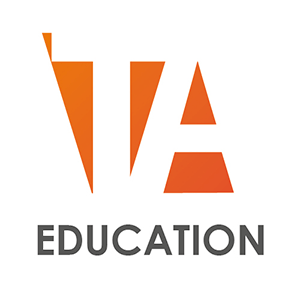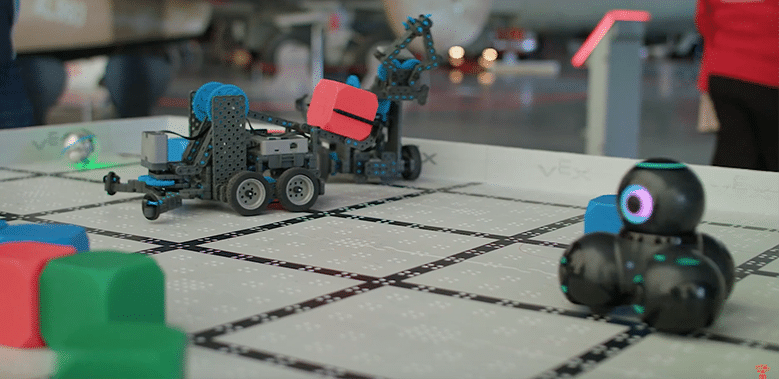This is the first of a series of articles produced by Tablet Academy staff on a range of subjects which we hope will be of interest. In this article Professor Steve Molyneux discusses the issues around the use of Simulations in Teaching. It is a 5 minute read. The Use Of Simulations In Teaching In education, simulations can take two forms. The simulation of an event using real people and artefacts, and one using computers to simulate either the experience or a device. In both instances the student is placed in a predefined “world” representing a real-world situation within which the learner is expected to interact with the goal of achieving a specific learning outcome.In these scenarios the parameters are controlled by the teacher, or predefined by the people running then simulation, who can set a range of simulation exercises covering differing levels of complexity each potentially targeted at a specific subject and with different learning goals. Through the reality of the scenario, students can approach the problem from differing angles, make mistakes without danger and gather meaning from their experience. The inventiveness and immersion of the students in the simulation usually determines the level of success. Simulations are non-linear simply since students will make numerous decisions during the activity and the simulation will react accordingly. They are deployed in a range of experiential learning models, which fits well in institutions and with teachers who have constructivism and student centricity as a foundation stone of their teaching and learning strategies.
Why simulations in teaching? There are several good reasons for using simulations in teaching a range of subjects and they promote the use of a number of 21
st Century skills required by today’s society.
- Where simulations are used as a team activity it promotes collaboration and teamwork.
- The situation feels real and thus leads to more engaging interaction.
- The simulation can promote critical and evaluative thinking.
- They can help students conceptualise solutions.
- Due to their ambiguity, they encourage students to contemplate the implications of their actions.
- They promote conceptual understanding through experiential practice.
- Students are often more deeply engaging than with other activities as they experience the activity first-hand, rather than hearing about it or seeing it.
- Simulations can reinforce other skills indirectly, such as communication and research skills.
Common issues when using simulationsThere are many issues when looking to run simulations which can seem daunting to some teachers. Resources and time are required to develop a quality learning experience with simulations and the assessment of student learning through simulation is often more complex than with other methods.During Tablet Academy’s work in delivering simulations, simulated experiences as part of enrichment day learning, they can be so engaging and absorbing that students forget the educational purpose of the exercise. It is therefore imperative that the teacher monitors the exercise carefully to ensure that the learning objectives are being met and students are not following white rabbits as was the case with Alice.If your simulation has an element of competition, it is also important to remind the students that the goal is not to win, but to acquire knowledge and understanding.So how do we conduct a good simulation? In a simulation, guided by a set of parameters, students undertake to solve problems, adapt to issues arising from the scenario and gain an awareness of the unique circumstances that exist within the confines of the simulation.Some simulations can last minutes, whilst others hours. Their scope and content vary greatly. However, similar principles apply to all simulations.How do Tablet Academy utilise Simulations?Tablet Academy use simulations of two forms. Face to face role-play simulations and Simulation Products.
- Face-To-Face
In face-to-face simulations we convert a classroom to reflect a specific scenario such as a CSI Crime Scene etc, and purely provide the students with a goal, which may contain many learning objectives, and a set of resources. After briefing students, they are expected work together using a range of digital and social skills to solving a range of problems and eventually reach their goal.Such scenarios can be used to engage in a range of subjects and technologies for example Cybersecurity using a Spy Scenario, Critical Thinking using the CSI mentioned above and many others.The CSI example can be seen here:
http://bit.ly/2kqqVta
- Digital Products
In these scenarios the students ‘fly’ solo or work in team to complete a task. This may be the programming of a robot or understanding eSafety.The principles of immersive and experiential learning are the same, the difference being that simulations take place in a virtual word. These worlds can be explorative and allow for virtual teams, such as with Minecraft, or can be products that simulate a single device such as a LEGO EV3 Mindstorms Robot.Again, students are set tasks which they are to complete in teams or fly solo. Here is an example of the way Tablet Academy ‘teaches’ eSafety during one such enrichment day at a primary school.
http://bit.ly/2kFWlfmThe Benefits of Simulations Simulations have many benefits the two most obvious being:
- Students can experience real world scenarios in the comfort and safety of the classroom which may otherwise be dangerous.
- The cost of purchasing a class set of 30 robots can be greatly reduced by having a Robot Simulator running on every computer in the classroom.
There are of course numbers many educational benefits beyond those at the start of this article. In particular they can be used to engage with students which may have poor communication skills, or due to their immersive nature help students who are disruptive or suffer from ADHD.Whatever your reason for investigating the use of simulations, it is clear that they play an important part in education as another tool in the teacher’s toolkit.Footnote: For more information on Tablet Academy Enrichment Days visit:
https://ta.education/enrichment/
Related

